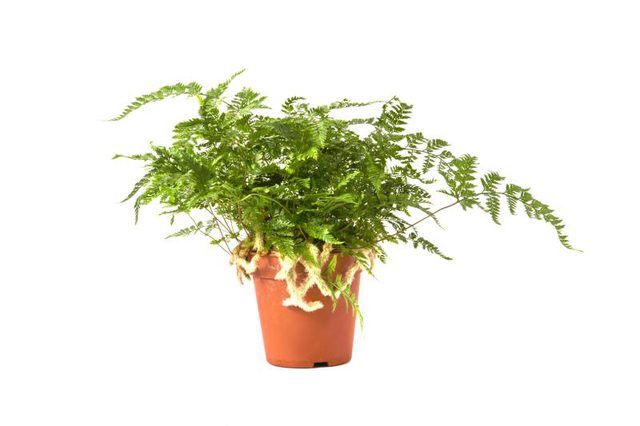Bulbs
Flower Basics
Flower Beds & Specialty Gardens
Flower Garden
Garden Furniture
Garden Gnomes
Garden Seeds
Garden Sheds
Garden Statues
Garden Tools & Supplies
Gardening Basics
Green & Organic
Groundcovers & Vines
Growing Annuals
Growing Basil
Growing Beans
Growing Berries
Growing Blueberries
Growing Cactus
Growing Corn
Growing Cotton
Growing Edibles
Growing Flowers
Growing Garlic
Growing Grapes
Growing Grass
Growing Herbs
Growing Jasmine
Growing Mint
Growing Mushrooms
Orchids
Growing Peanuts
Growing Perennials
Growing Plants
Growing Rosemary
Growing Roses
Growing Strawberries
Growing Sunflowers
Growing Thyme
Growing Tomatoes
Growing Tulips
Growing Vegetables
Herb Basics
Herb Garden
Indoor Growing
Landscaping Basics
Landscaping Patios
Landscaping Plants
Landscaping Shrubs
Landscaping Trees
Landscaping Walks & Pathways
Lawn Basics
Lawn Maintenance
Lawn Mowers
Lawn Ornaments
Lawn Planting
Lawn Tools
Outdoor Growing
Overall Landscape Planning
Pests, Weeds & Problems
Plant Basics
Rock Garden
Rose Garden
Shrubs
Soil
Specialty Gardens
Trees
Vegetable Garden
Yard Maintenance
How to Grow a Rabbit's Foot Fern
How to Grow a Rabbit's Foot Fern. If you find tropical plants interesting, you'd probably enjoy growing ferns. These versatile plants include the rabbit's foot fern (Davallia fejeensis), an especially unusual type of fern. Named for its fuzzy horizontal stems, or rhizomes, that resemble rabbit paws, this plant is native to the island of Fiji. It...

If you find tropical plants interesting, you'd probably enjoy growing ferns. These versatile plants include the rabbit's foot fern (Davallia fejeensis), an especially unusual type of fern. Named for its fuzzy horizontal stems, or rhizomes, that resemble rabbit paws, this plant is native to the island of Fiji. It can grow outdoors in U.S. Department of Agriculture plant hardiness zones 10 through 12, but is usually grown as a houseplant, and needs only basic care and a bit of extra attention now and then to thrive.
The Proper Environment
A rabbit's foot fern has broad green fronds that form a rosette of foliage. Over time, the plant becomes up to 3 feet tall and spreads to a width of about 4 feet. Like other tropical plants, it's quite sensitive to cold, which can cause fronds to drop. As with most ferns, protect it from cold drafts when grown indoors in winter; in general, temperatures between 60 and 75 degrees F are ideal. If you live where winters are warm, you can grow the fern outdoors, either in the ground or in a container. In colder areas, grow it outdoors during the warm months, bringing it indoors in fall, or keep it as a potted houseplant year round.
This fern can develop dry leaves and do poorly if grown in low humidity, but misting its foliage frequently with room temperature water can help prevent this, as can growing a potted fern on a pebble-filled tray that contains water to a level just below the tops of the pebbles.
Soil and Water
For best results, plant the fern in a mixture that's half potting soil and half leaf mold. If it's container-grown, use a pot with at least one drainage hole. Water the fern whenever the top half-inch of soil is dry to the touch, then water deeply, ensuring the mixture is well-moistened. Never let a potted fern stand in a water-filled saucer, and substitute bottled water for tap water if your water is softened with salt, which can damage the plant.
If you grow this fern in the ground, check the moisture level after watering by using a trowel -- don't disturb its roots -- to dig a small trench about 4 inches deep, then test the moisture level in the bottom of the trench.
Whether the plant is outdoors or indoors, reduce watering a bit during winter to give the plant a rest.
Light and Fertilizer
The rabbit's foot fern prefers partial shade when grown outdoors, so choose a spot that gets only a bit of bright light, preferably in the morning; too much sun can scorch the fronds and turn the rhizomes brownish. Like most ferns, this type does best with indirect lighting when grown indoors. A north-facing windowsill is a good spot during the growing season, from spring through early fall; for extra light, move the plant to an east-facing spot during winter. Don't grow the plant facing south or west, because the bright sun might scald the leaves.
Fertilize the fern when it's actively growing, which is usually from April through September. Use a balanced, water-soluble houseplant fertilizer such as a 10-10-10 formula, applying it half strength once monthly. Dilute 1/4 teaspoon in 2 gallons of water, but also check your product label for further directions.
Possible Problems
Like most ferns, the rabbit's foot fern is usually easy-to-grow and free of plant diseases when grown in the proper environment. It might attract scale insects, hard-bodied pests that resemble raised brown spots on stems and leaves. You might also see web-like coverings produced by mites, which are microscopic pests, or see tiny whitish flying insects called whiteflies; these pests suck plant juices and can cause browning and wilting of fronds. Because ferns are easily damaged by pesticides, it's best to hand-pick scale insects and to spray the plant with a strong blast of lukewarm water to control aphids and whiteflies.